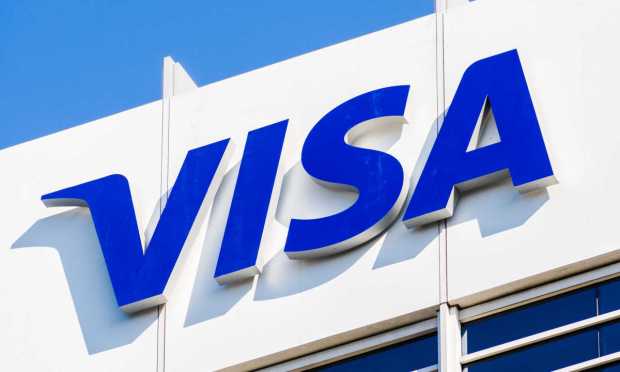Visa Earnings Shine a Spotlight on the Continuing Transformation of B2B Payments

Trillions of dollars in B2B payments flow across borders, winding their way across currencies, across time zones, and country-by-country rules and regulations.
Along the way, pain points exist — and transparency is lacking — so that settlement times and the impact of FX are less than transparent.
Amid earnings season so far, the payment networks have begun to weigh in with results and commentary, and while Wall Street might focus on the state of consumer spending, the conference calls also offer a roadmap for the overall digital transformation of commercial payments, including, and moving beyond, cards.
Visa CEO Ryan McInerney noted on the call that “B2B is the largest component of new flows,” for the company. And in illustration of the inroads cards are making within the space, he said that “traditional issuance” has comprised “the majority” of more than $760 billion in commercial payments volume seen by the company year to date.
Making Improvements in Cross-Border Money Movement
With a nod to cross-border money movement, the CEO said that Visa B2B Connect — the payment firm’s non-card-based payment network that enables bank-to-bank cross-border business transactions — continues to gather momentum. Management commentary on the call said that through the past six months (which would be the first half of fiscal 2023), Visa has signed roughly 30 banks across 20 countries — with payments being routed to 90 countries globally.
As McInerney said later on the call of Visa B2B Connect, “we’re building out a new network — we know how to do that and we also know it takes time.”
The runway is a long one for the transformation of cross-border B2B. Business across all verticals and across all sizes are expanding internationally. But in the meantime, cross-border payments can be hampered by delayed processing times can be erratic, with a negative ripple effect on working capital and cash flow. Direct fund flows from the bank of origin directly to the beneficiary bank, with tokenization protecting sensitive details, can be an effective way to digitally streamline those transactions.
As spotlighted here, during a panel discussion late last year hosted by Ben Ellis, global head, Visa B2B Connect, Visa Business Solutions, Immediate COO Michael Orme and Nuula CEO Mark Ruddock said that payments-related complexities are ripe across supply chains, especially when enterprises pay for inventory in one currency and sell it into an end market in yet another currency.
Beyond Visa, there are of course other efforts out in the field to improve cross border fund flows. In just one example, and as detailed here earlier in the month, Coupa and Goldman Sachs Transaction Banking (TxB) have partnered to help innovate international transactions.
With Coupa’s business spend management platform and Goldman Sachs TxB’s cloud-based banking services, the global collaboration will simplify domestic, cross-border and foreign exchange (FX) payments to 167 countries and 124 currencies, the companies said.
In joint research conducted by PYMNTS and Payoneer and as detailed in the report “International B2B Payments: A Guide For Entrepreneurs And Digital Businesses,” we found that 38% of small and medium-sized businesses (SMBs) that reported an increase in cross-border payments sent or received between 2020 and 2021. As many as 23% of small businesses that find their current cross-border payment solutions “very” or “extremely” satisfactory.

